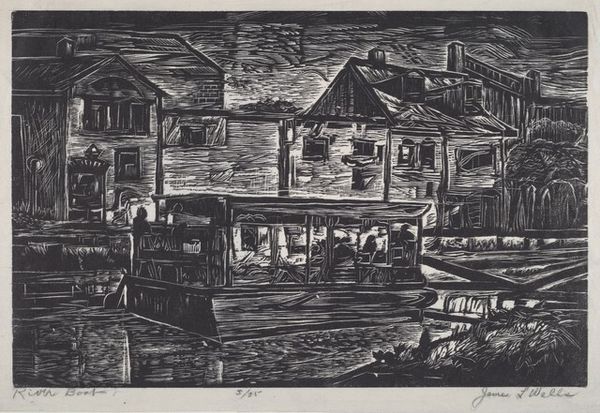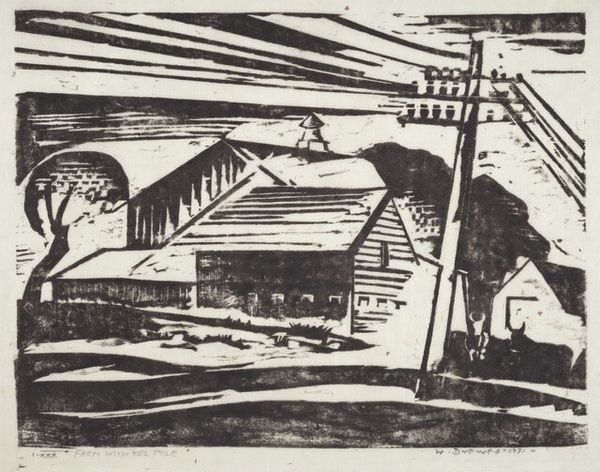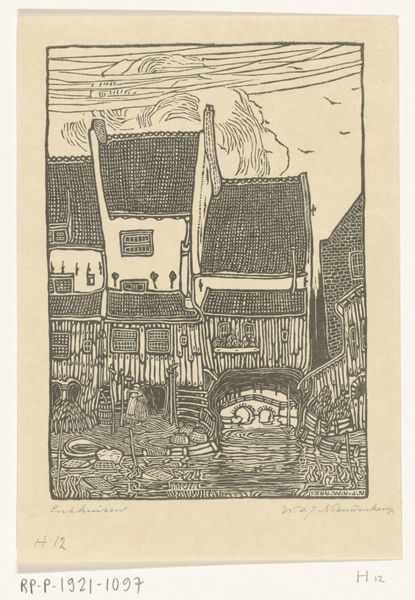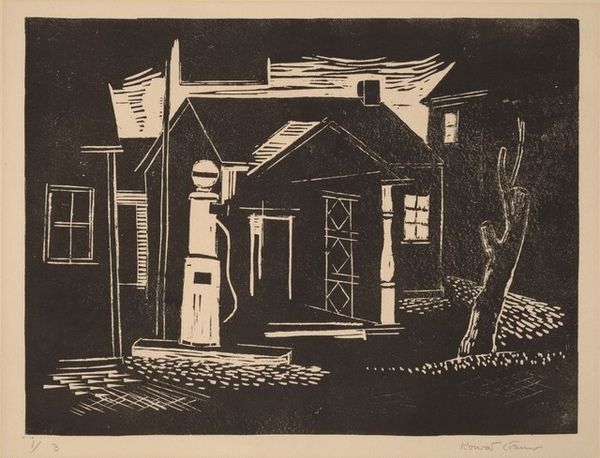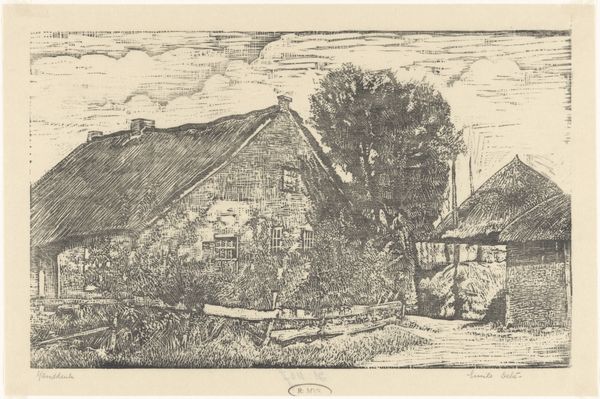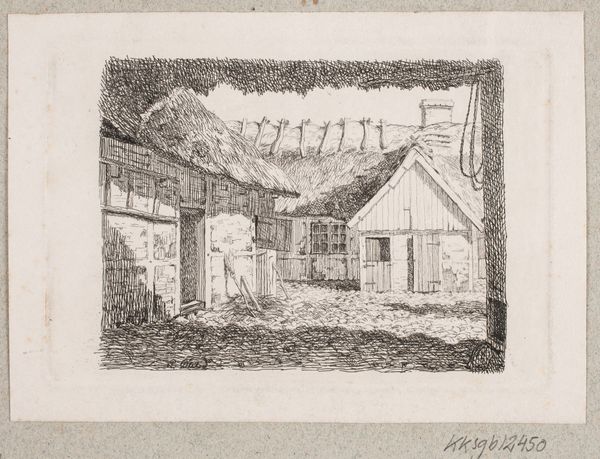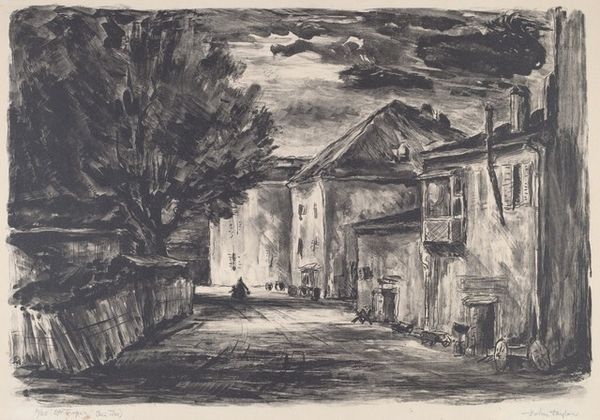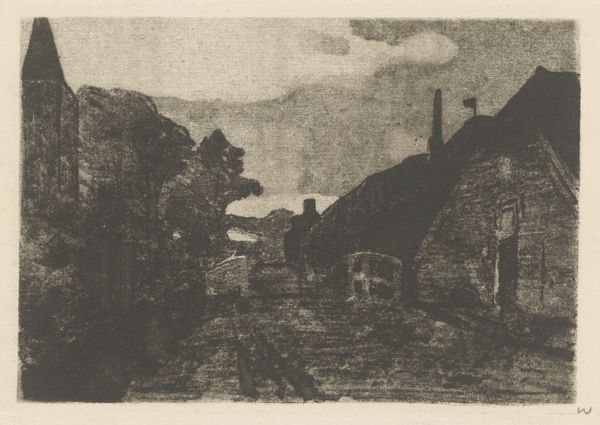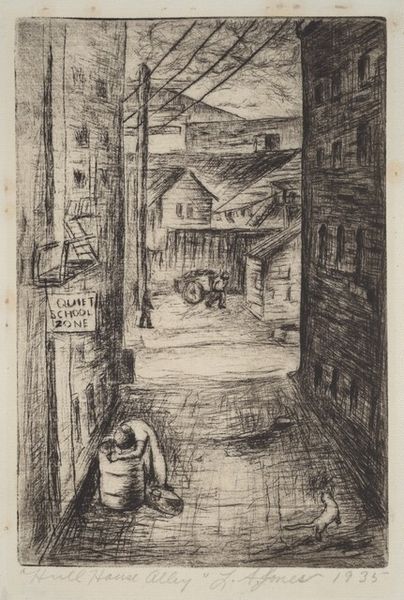
print, woodcut
#
ink drawing
# print
#
woodcut
#
cityscape
#
realism
Dimensions: image: 210 x 279 mm sheet: 287 x 381 mm
Copyright: National Gallery of Art: CC0 1.0
Editor: This is Joseph Trovato's "Gas Station," made around 1946. It's a print, a woodcut actually, in black and white. It feels…bleak. The heavy shadows and the simple forms create this sense of emptiness, even though it’s a cityscape, a supposedly bustling gas station. What do you make of the visual language at work here? Curator: An emptiness that speaks volumes, I think. Consider the gas station itself. It is a relatively new architectural structure, replacing what in centuries past? Likely a well, a town square... The architecture's symbolism is of a new social connective tissue, isn't it? Note also the heavy brickwork – what could that evoke? Editor: Well, brick always feels solid, dependable…but here, coupled with the dark palette, it feels oppressive. Like the weight of the industrial age. Curator: Precisely! Now think about the street lamp in the foreground, almost centered. Does its positioning suggest an attempt at civic presence? Or something else, something melancholic? Does the shadow play here, contrasting with the brick, create depth, a commentary perhaps on collective identity? Editor: I see what you mean! It's not just about the objects, but how they're arranged and rendered. The lamp seems less about civic pride and more about a forgotten promise. Is it the lamp or more than that? Are we mourning the lamp, or an age when that lamp meant something? Curator: A fantastic way to see it! Consider the absence of people, too, reinforcing your reading. And the woodcut technique lends itself to bold, unflinching lines – further solidifying the stark mood. Editor: So it’s not just a gas station, it’s a meditation on what the rise of car culture, what the industrial age, has cost us? Curator: In essence, yes. Trovato offers a profound commentary. Visual symbols like these provide insight, like layers of history compressed into an image. The ink bleeds to tell a much larger story than just what is printed, literally. Editor: That makes so much sense! Thanks, I see how much deeper we can go by examining symbols and cultural meanings, than the piece on surface value.
Comments
No comments
Be the first to comment and join the conversation on the ultimate creative platform.
